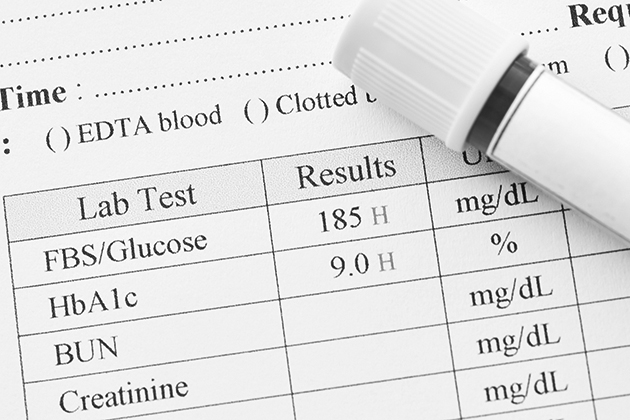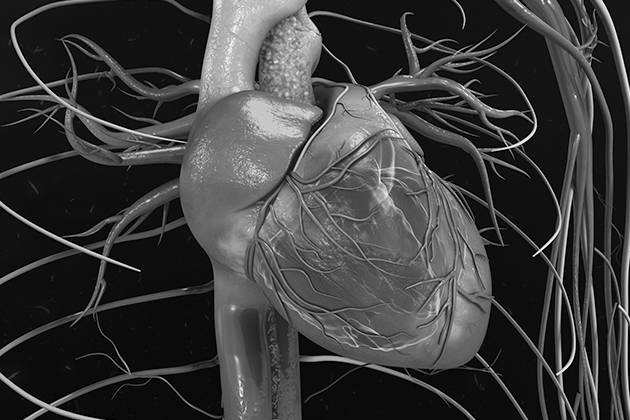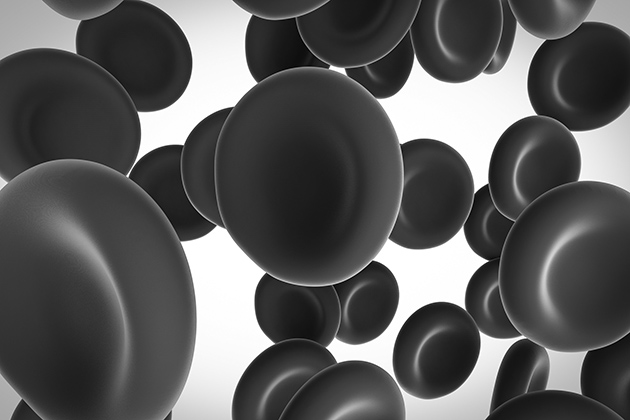23 Continuing Education hours
Instructors
Next Class: September 3, 2025


Welcome and introduction to Level 3
Working with blood chemistries
Anatomy and physiology of blood sugar regulation system
Optimal blood sugar regulation
Presentations of blood sugar dysfunction
Testing:
How to structure a therapeutic healing protocol that addresses:
Case studies


Anatomy and physiology of cardiovascular system
Optimal function
Presentations of cardiovascular dysfunction
Testing:
How to structure a therapeutic healing protocol that addresses:
Case studies


Brief review of the anatomy and physiology of gastrointestinal system
Optimal function
Anemia presentations
Nutritional deficiency presentations
Testing:
How to structure a therapeutic healing protocol that addresses:
Case studies


Anatomy and physiology of the liver and gallbladder
Optimal function
Liver and gallbladder dysfunction presentations
Testing:
How to structure a therapeutic healing protocol that addresses:
Case studies


Anatomy and physiology of the thyroid
Optimal function
Thyroid dysfunction presentations
Testing:
How to structure a therapeutic healing protocol that addresses:
Case studies


Anatomy and physiology of the immune system
Optimal function
Immune dysfunction presentations
Inflammation presentations
Testing:
How to structure a therapeutic healing protocol that addresses:
Case studies


Anatomy and physiology of the kidneys, adrenals and dehydration
Optimal function
Kidney dysfunction presentations
Adrenal dysfunction presentations
Dehydration presentations
Testing:
How to structure a therapeutic healing protocol that addresses:
Case studies


Prioritization of markers and patterns
Development of a comprehensive protocol utilizing diet, lifestyle and supplementation
Integrating blood chemistries with other clinical tools